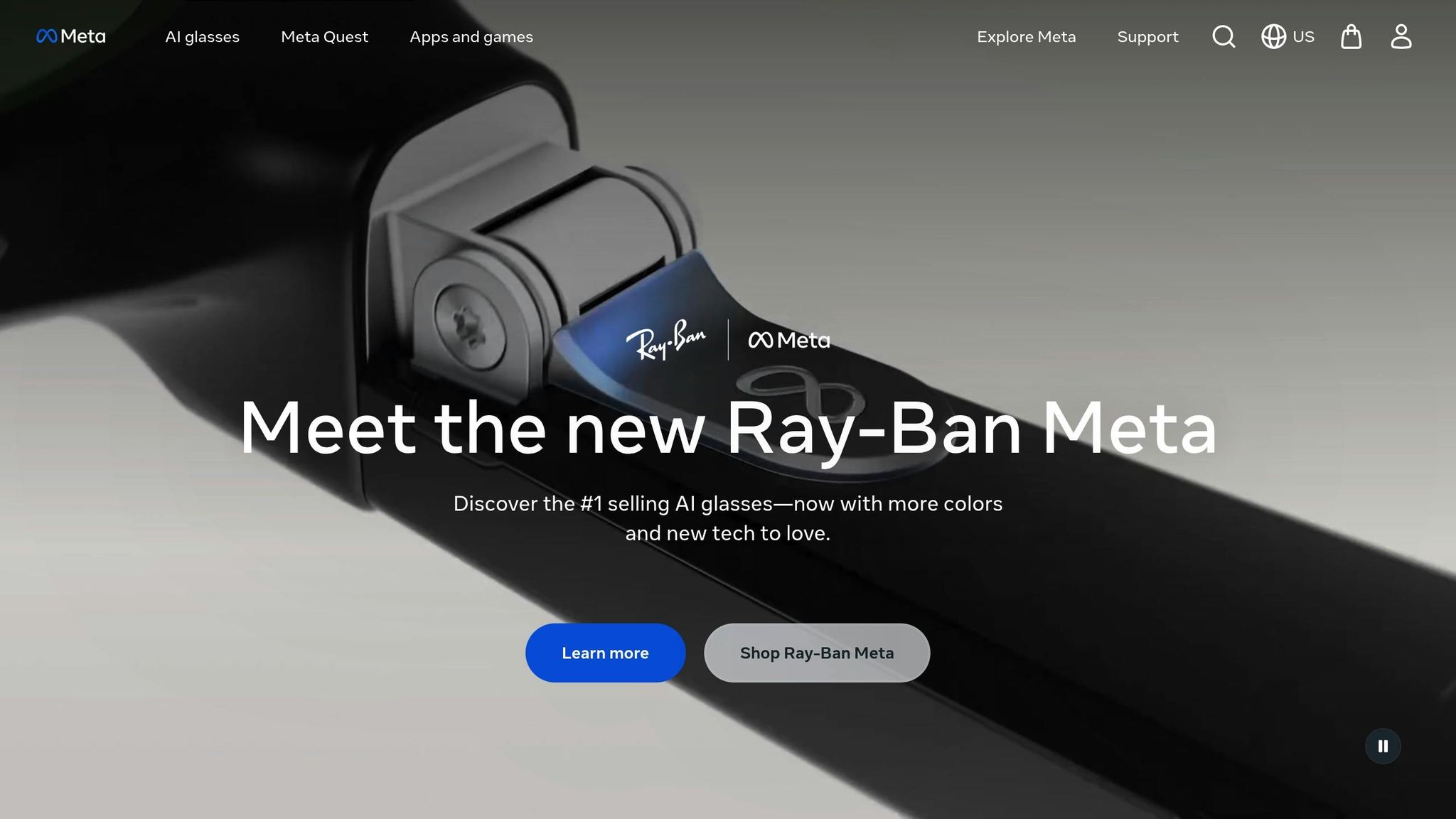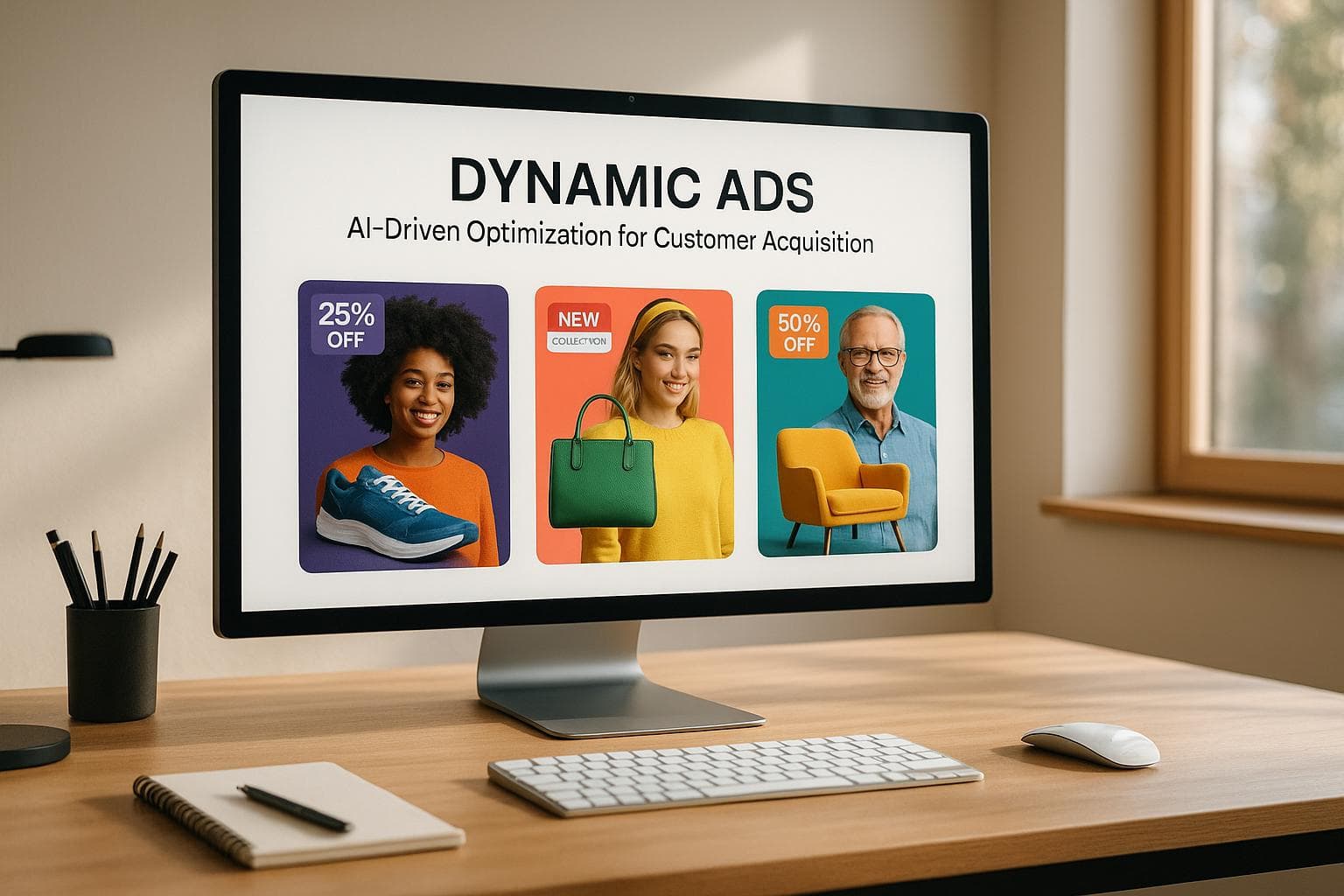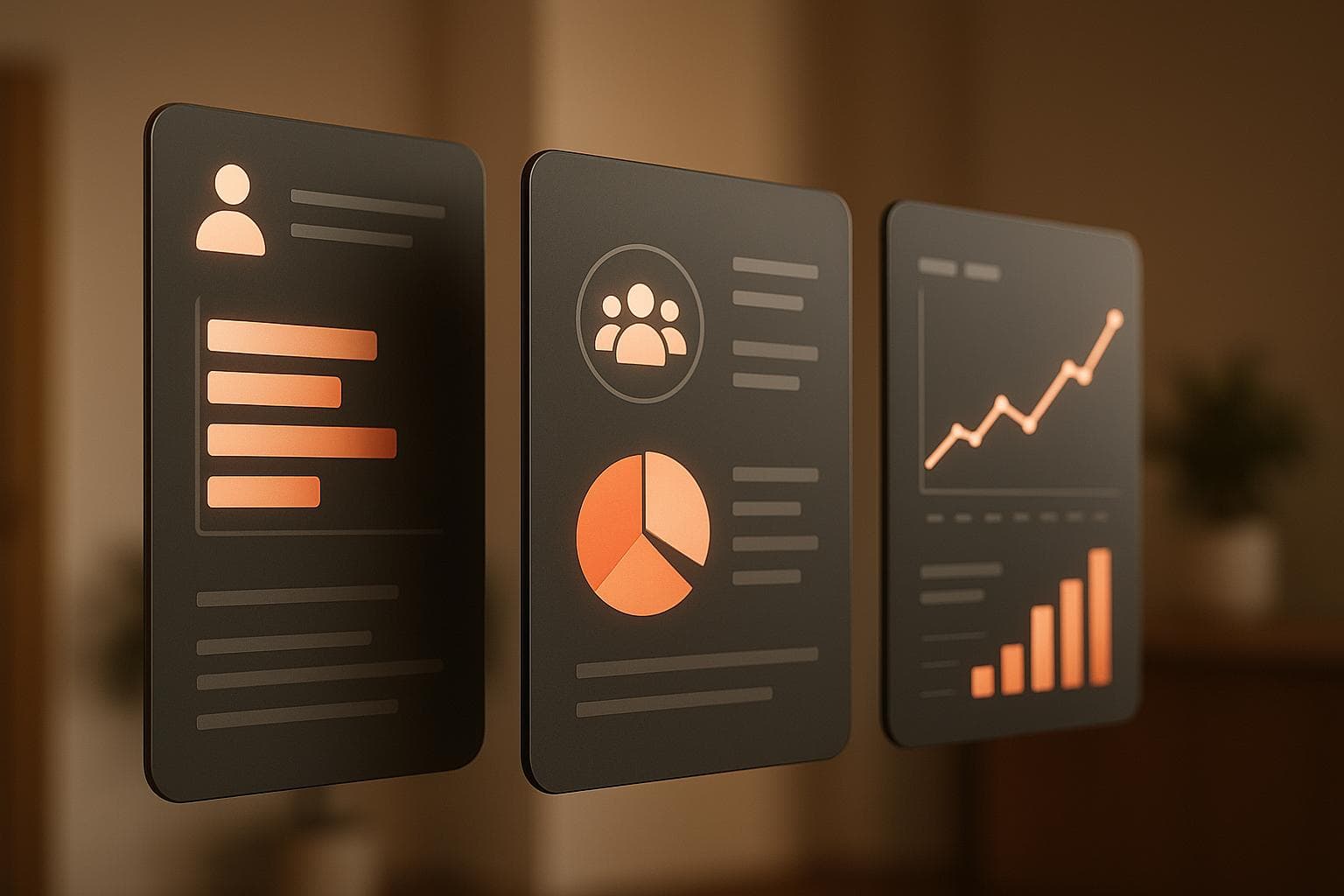How to Run Effective Ecommerce Ads in 2025
Discover updated strategies for running effective Meta (Facebook & Instagram) ads on a small budget in 2025. Simplify targeting and optimize creatives for better ROI.
The world of e-commerce advertising has evolved dramatically in recent years, and 2025 is no exception. Running effective ads on platforms like Facebook and Instagram (now under Meta) is no longer about following outdated techniques. Instead, it’s about leveraging AI, simplifying processes, and prioritizing what truly matters - your ad creatives. This article explores the key learnings and strategies for small-to-medium e-commerce business owners to master Meta ads and boost their online sales, even with limited budgets.
Introduction: A New Era for Meta Ads

E-commerce businesses that have engaged in Meta ads over the past decade might feel frustrated by declining results or overwhelmed by the ever-changing advertising landscape. The good news is that running effective ads in 2025 doesn’t have to be complex. With the advancements in AI, Meta has simplified campaign management, making it possible to achieve success without technical expertise or large budgets.
This guide is designed to help small business owners and marketers understand the most impactful advertising strategies in 2025. By focusing on simplicity, creative testing, and utilizing Meta’s powerful algorithms, you can unlock the full potential of your ad campaigns.
Why Simplicity Matters in 2025
In the past, running ads often required a deep understanding of campaign structures, ad targeting, and audience segmentation. However, this approach is no longer effective - especially for small budgets. Here’s why:
AI Does the Heavy Lifting: Meta’s AI algorithms can now handle tasks like targeting and optimization more effectively than manual methods. The platform has access to extensive user data and can analyze which audiences are most likely to engage with your ads better than humans can.
Complex Campaign Structures Dilute Budgets: For businesses spending $150 a day or less, attempting complex funnel strategies (e.g., separate campaigns for video views, traffic, and retargeting) spreads the budget too thin. Consolidating resources into simplified campaigns ensures more impactful results.
Time is Money: Simplified campaign setups mean more time for what truly matters - crafting high-quality ad creatives that engage your audience.
The Shift Away from Traditional Targeting
Gone are the days of obsessing over audience segmentation, interests, and demographic targeting to control who sees your ads. Meta’s AI thrives with "broad targeting", allowing the platform to make smarter decisions about who to show your ads to. While it’s still important to set basic parameters like location, age, and gender, relying on Meta’s AI to expand your audience ensures your ads reach the right people.
Key Insight: Trust Meta’s AI to handle targeting for you and focus your efforts on creating compelling ad content.
The Importance of Creative in 2025
The defining factor for ad success in 2025 is your creative - the actual content of your ads. Meta’s algorithms analyze your ad copy, visuals, and messaging to determine who should see your ads. This means that your creative not only attracts customers but also helps Meta’s AI optimize your ad performance.
What Makes a Winning Creative?
Your creative consists of three key components:
Type: The format of your ad, such as:
- Images
- Videos (e.g., reels or product demonstrations)
- Carousels
- Catalog ads
Angle: The specific feature or benefit you highlight in your ad. For example:
- A lipstick’s long-lasting formula (e.g., 12-hour wear)
- Organic ingredients
- Seasonal product offerings (e.g., summer or holiday shades)
Format: The style in which your message is delivered. Examples include:
- Testimonials: Real customer stories
- Founder stories: Personal narratives from the creator
- Comparisons: Showcasing how your product outperforms competitors
- Feature highlights: Annotated visuals pointing out product benefits
By mixing and matching these elements, you can create a variety of ads that appeal to different audience segments. Testing multiple combinations allows you to identify which creatives drive the best results.
Creative Testing: The Key to Optimization
To maximize your return on ad spend (ROAS), you need to continuously test your creatives. Here’s how to get started:
- Test Multiple Formats: Use a mix of videos, images, and carousel ads to see what resonates most with your audience.
- Experiment with Angles: Focus on one benefit per ad (e.g., long-lasting lipstick or moisturizing properties) rather than trying to cover everything at once.
- Analyze Results: After running your campaign, identify which creatives performed best. For instance, if ads focusing on "organic ingredients" consistently outperform others, double down on that angle.
- Keep Budgets in Mind: For smaller budgets (e.g., $50/day), limit your campaign to 6–10 creative variations to ensure adequate testing.
Pro Tip: Let Meta’s AI allocate more budget to the best-performing creatives over time. The platform automatically adjusts spending to prioritize ads that generate engagement and conversions.
Simplified Campaign Strategy for Small Budgets
For businesses working with limited budgets, simplicity is key. Here’s a streamlined approach for effective Meta ad campaigns:
1. Choose the Right Campaign Objective
- Sales Campaigns: Ideal for e-commerce businesses with a budget of $30–50/day or more. Focus on driving direct purchases.
- Leads Campaigns: A better choice if your budget is under $30/day or if your products have low average order values. Use these campaigns to grow your email list and nurture leads over time.
2. Consolidate Your Budget
Instead of diluting your budget across multiple campaigns, allocate your entire budget to one sales or leads campaign. This ensures Meta’s AI has enough data to optimize your ads effectively.
3. Focus on Broad Targeting
Let Meta’s AI handle audience selection. Only set basic demographic parameters like location, age, and gender if relevant.
4. Prioritize High-Quality Creatives
Spend 80–90% of your ad preparation time on crafting compelling creatives. Use a mix of formats, angles, and types to engage different audience segments.
Key Takeaways
- Simplify Campaign Structures: Avoid complex funnels and focus on one campaign type - sales or leads - to maximize effectiveness.
- Trust Meta’s AI: Let the platform handle targeting and optimization. Broad targeting works best for small budgets.
- Invest in Creatives: Your ad’s visuals, copy, and messaging are the most critical factors for success. Test different formats, angles, and types.
- Optimize Testing: Start with 6–10 creatives in your campaign and track performance. Adjust based on what resonates most with your audience.
- Budget Matters: For sales campaigns, aim for a minimum daily budget of $30–50. For leads campaigns, $10/day can be effective.
- Understand Your Customers: Your messaging should deeply connect with your audience’s desires and pain points. Speak to their emotions, not just product features.
Conclusion
In 2025, running successful Meta ads comes down to working smarter, not harder. By simplifying your campaigns, leveraging Meta’s AI, and dedicating your efforts to high-quality creatives, even small e-commerce businesses can see significant returns. Remember, your creative is the star of the show - make it compelling, test it relentlessly, and let the results guide you.
E-commerce advertising doesn’t have to be intimidating. With this approach, you’re well-equipped to navigate the evolving landscape of Meta ads and achieve scalable growth for your business. Focus on creativity, embrace simplicity, and watch your sales soar.
Source: "Ecommerce Ads Strategy: What Works in 2025 (and What to Leave Behind)" - Deborah Engelmajer, YouTube, Aug 8, 2025 - https://www.youtube.com/watch?v=9jGCaysNceg
Geoffrey G.










